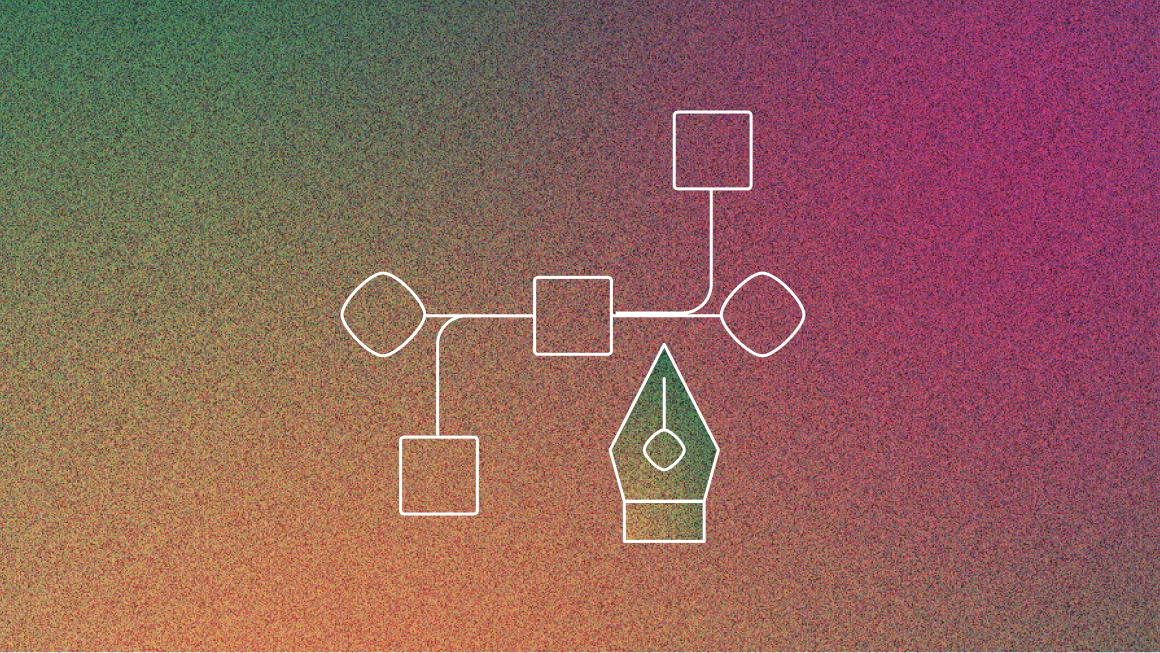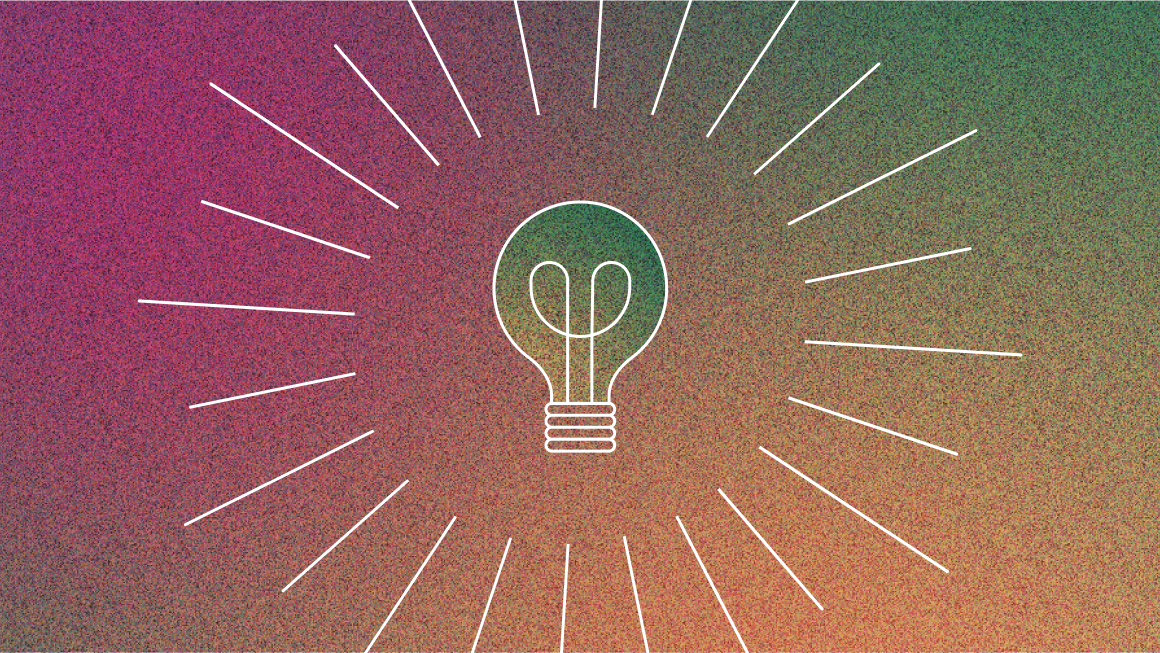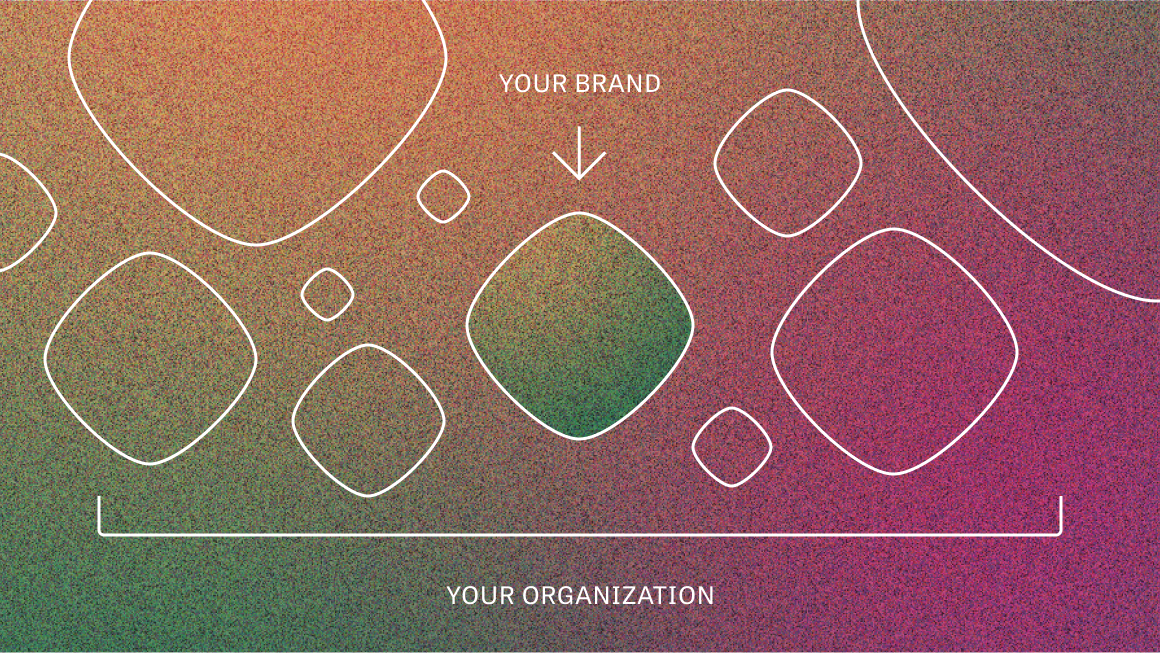If you’ve found answering these questions particularly challenging, we would encourage you and your team to spend time working through these conversations. We promise, this time spent upfront internally working toward alignment will make the project much more enjoyable for yourself, your team, and the agency partner you’ll eventually select to work with!
Client Readiness Defined
Client Readiness; a state of clarity achieved by an organization before starting work on a rebranding, creative services, graphic design, or website redesign project. Occurs when an organization has worked through an internal alignment and planning process, identified key challenges to solve, identified specific stakeholders and their roles, and is ready to lift off from this strong foundation.
TL;DR
- Is the project a priority for the organization?
- Does your team have the time to engage with the project?
- Can you confidently say that the team is aligned and able to contribute to decision-making constructively?
- Is your team comfortable sharing sensitive information?
- Is your team’s Project Manager prepared to navigate organizational nuance and internal politics?
- Does your team have a high-level understanding of the creative or design process?
- Is your team open to letting go of complete control and putting trust in the process?
- Does your team know, or have an idea of, how this project fits into your larger communications ecosystem?
- Does your team have capacity to manage, monitor, and maintain the work once it’s complete?

1. Your organization has undergone, or is closing out a strategic planning phase, where an emphasis on communications, brand, design, or digital was determined as a strategic priority.
One of the first questions we’ll ask is, “Why this project now?.” It’s a question that at first might seem easy to answer but when posing this question to client teams it’s not unusual for us to hear each department respond with a different answer—”it’s a fundraising tool,” “we just want it to look better,” “partnerships are the most important piece,” “we want more downloads and signups.”
But what was the impetus for this project? What will be the key indicators that this project was successful 1–2 years down the road?
We’ve seen that when an organization has recently closed out a strategic planning process where communications, brand, design, or digital was determined as an organizational priority, client team’s will answer this question in a unified voice.
Their vision is clear, they have a pretty-good sense of what should be accomplished from the process, and an understanding of how this specific project deliverable should serve the team while laddering up neatly into other organizational objectives.

2. Key-project stakeholders have planned their capacity with this project in mind
Does your team have the time to engage with the project?
We understand that this project is occurring within a larger project mix at your organization and stakeholders are busy and engaged in many other aspects of running the organization.
It can chip away at everyone’s morale when stakeholders come across as too busy to engage critically with this particular project—this signals a lack of priority on the work and a misunderstanding of how powerful a tool design can be for an organization.

3. The team has an understanding of which communications tools and tactics need to be investigated
If you were to poll your team on what the definition of brand is, would you receive a vast range of different answers?
Developing a shared understanding of the strategic medium to achieve specific goals is an important part of developing a sharp RFP. The more specific you get in your RFP the higher quality of response you’ll receive from potential agency partners.
For example a brand can mean many different things to many people, so can “digital,” “creative,” “campaign,” “comms strategy,” and many of the other deliverable names that are tossed around in our space.
A marker of an organization that has achieved client readiness is one where the team has a clear understanding of which areas need the most investigation and for what reasons.

4. The team is more or less aligned
Can you confidently say that the team is aligned and able to contribute to decision-making constructively?
It can be a major roadblock for the project if the team comes to the table with different views on how to communicate what the organization does—even down to the words that are used to describe certain programs, activities, or services.
Before engaging with an external creative partner, an organization’s core operating model should be agreed upon by the internal team.
If it’s not, we can absolutely work with you to shape or sharpen the language used around your business, however if the operating model is undergoing foundational and fundamental changes our recommendation might be to engage with a management consulting firm to iron out these details first.
Ordering the work this way allows both teams the space and time necessary to ideate the best ways to activate and amplify the “who you are” and “what you do,” rather than spending our time together debating semantics.

5. The team is open to discussing sensitive issues and being transparent
Is your team comfortable sharing sensitive information?
To arrive at the best possible solution we must be aware of all of the organizational nuances and plans for growth or change—maybe there have been decisions to restructure the organization’s core service pillars, or add new ones in. Maybe there are key members of the team who have already put in notice and will be leaving the organization for their next chapter within a few months.
This type of information or “insider intel” is critical for us to be aware of. Once looped in we can recalibrate our process, milestones, and overall approach—making sure we’re planning with this information in mind, considering where the project pitfalls could lie, and developing workarounds to make sure we can continue to advance the project work.

6. The team has a strong client-side project manager
Is your team’s Project Manager prepared to navigate organizational nuances and manage the sharing of information and deliverables with the individuals who will need to provide input?
We are here to support and strategize alongside you, not for you. It’s a win for the entire team when we partner with organizations that elect a strong client-side project manager who is a trusted and influential voice at their organization.

7. The team has a high-level understanding of the creative or design process
Is your team aware of the steps involved in the creative process?
You do not have to be the experts around design, that’s our job!
Also, our job is to provide client education along the way—to make sure that we’re building a shared vocabulary and understanding of the sector-specific words that we use daily but the client team may be hearing for only the first, second, or third time.
However, it’s so helpful if our client has spent a small bit of time learning a bit more about the design process in general and Radish’s process specifically.
We provide all of these materials to our clients in their onboarding and encourage that they are shared out with the entire client project team before kickoff and referenced throughout the project’s phases.

8. The team is open to new perspectives and trusts in the agency’s expertise
Is your team open to letting go of complete control and putting trust in the process?
We view our clients as the experts in what they do and we believe that we are uniting unique expertise areas to bridge gaps and build solutions that work.
On occasion, client push back or feedback can be so specific that it signals to our team that the client might have preferred to hire an agency to execute their exact vision, rather than partner on a co-creation process. This is an absolutely fine path to take, however our agency processes are better suited for client’s looking for collaboration, iteration, and strategic partnership.

9. The team accepts that a rebrand or a reweb is not going to solve all of the issues
Does your team have a sense of how this project fits into your larger communications ecosystem?
The entire ecosystem and user experience of engaging with an organization’s brand and services should be closely considered, consistent, and clear to your audiences. If we redesign the digital front-door, yet the living room remains untouched, that experience can negatively impact overall perception and trust in the brand.
Let’s break down silos between departments, consider the entire user’s experience, and take a closer look at how a variety of touchpoints with your brand are all factors at play.

10. The team is prepared to monitor and maintain the brand or site post-launch
Does your team have capacity to manage, monitor, and maintain the work once it’s complete?
The project should not end with launch. It should be just the beginning—a commencement of sorts.
In today’s content-saturated world the website and the organization’s entire digital ecosystem must be maintained, managed, and enhanced on an ongoing basis.
That could mean activating your organizational communication strategy, defining your website reporting process and evaluating analytics regularly, or continuously adding or removing features and functionality dependent on performance, periodic user testing, and more.
This list is meant as a starting point for organizations looking for best practices and tips to set up their creative project for success.
Try answering a few of these questions before diving into a project kickoff—your team and your agency partner will thank you!
